Journal: Local Foods
MDEF: Measuring the world / A world in data activity report.
A report by: Angel Cho, Chris Ernst, Julia Steketee, Paula Del Rio, Tattiana Butts and Vikrant Mishra.

Journal Index
From objectives to the hypothesis
Brainstorming



Project Goals
Objective:
We want to eat more locally produced food.
Question:
Where does our food come from?
Hypothesis:
the majority of food in the vending machine is not locally produced.
Tips
Explain one or more mistakes you’ve done during that phase?
What would you change if will do it again?
Our expectations were too high: we assumed that a lot of the data regarding food production would be available to the public.
Maybe we could re-orient our objective from location to nutrition.
From hypothesis to data
Post multiple images about the tool. What tool did you use? Would you choose a different tool now?
Web scraping: Manually and Automated through python

Finding websites that have databases about food production, import and export
Oec

ITC Trade Map

How can others replicate your data capturing process again?
They can find the base code of our web scraping tool on the FabLab hackmd (
Here.)
All database sources are written below.
Data capturing strategy
How do you combine the tool provided with your creativity to prove your hypothesis? How long did you capture data?
We decided which categories to research, basing ourselves on the ingredients within IAAC’s specific vending machine. We started small, then built up until we reached a global scale of interconnected supply chains.
Materials needed
List all the materials needed, including those given to you, those you source or even things you built yourself.
Techniques used:
- Manual “web scraping”
- Automated web scraping
- Scanning products through Open Food Facts app
- Researching through food brand website
Resources used:
Detail setup instructions
Explain the setup process. You can simply publish multiple images about your setup.
Map of our process:

Data collected
Describe the raw data you collected by posting a sample i.e. a picture, a screen capture, etc.

Excel sheets generated from open food facts:

Map from open food facts

Excel sheet from ITC trade map
via GIPHY
Interactive map from OEC

Interactive map from CIAT

Thanks to all of these sources, we managed to cross reference the information which we obtained. We noticed many differences from one resource to the other.
Data capture
Data summary
| Data Summary |
|
| Project Title |
Food Origins |
| Capture Start |
11-11-2021 |
| Capture End |
12-11-2021 |
| Original Data Format |
Website html |
| Submitted format |
CSV file |
| Total Data Points |
approximately 5000 |
| Number of datasets |
5 seperate files |
| Data Repository |
https://github.com/fablabbcn/mdef-a-world-in-data
|
Data insights
Post at least two images of a chart, a screen-shoot of your data, that you used to prove if your hypothesis is false.
We were surprised to see that the Natwins cookies claimed their product was “local”. However, they do not define what exactly local means, and later state that their ingredients come from the “Mediterranean”.
The mediterranean area includes 21 countries, which means that the food origins are almost untraceable (Albania, Algeria, Bosnia and Herzegovina, Croatia, Cyprus, Egypt, France, Greece, Israel, Italy, Lebanon, Libya, Malta, Monaco, Montenegro, Morocco, Slovenia, Spain, Syria, Tunisia, and Turkey)


We decided to buy a sandwich from the vending machine and trace the possible origins of the main ingredients, using OEC’s data concerning Spain’s imported products.
The unit of measurement was the value of product in USD$ and not in tonnes.

The primary ingredients of the sandwich were:
- wheat
- pig meat
- cheese
- nuts
- eggs
- yeast
- olive oil
And these were the primary imports in Spain:
via GIPHY
Of course, this only displays the probability of where each component originated if they were imported.
Web scraping v/s Open APIs
Sometimes it might be beneficial to see if there is an open API to access a database instead of going for web scraping the frontend data right away. In the case of
Openfoodfacts.com, they offered an open and
very well-documented API, offering various export formats. This allowed us to easily download and analyze the complete dataset for the product category of ‘sandwiches’. This was made possible thanks to all the data being covered by the
Open Data Commons License.
Conclusions
It is very difficult to retrieve information about where food comes and goes
There is a lack of transparency regarding the movement of goods
There is no detailed information available to the public about food sources
Recognising that Web Scraping is an option, but not always the best or more efficient one.
Tips
Explain one or more mistakes you’ve done during that phase? What would you change if will do it again? What if you will have more time? (max 560 char)
Defining a more specific target in our hypothesis, would have allowed us to access more relevant information.
Possibly using a different context (restaurant, grocery store) would have yielded more interesting results.
Find the full group presentation
here
Activity conducted by Angel Cho, Chris Ernst, Julia Steketee, Tattiana Butts, Paula Del Rio and Vikrant Mishra.

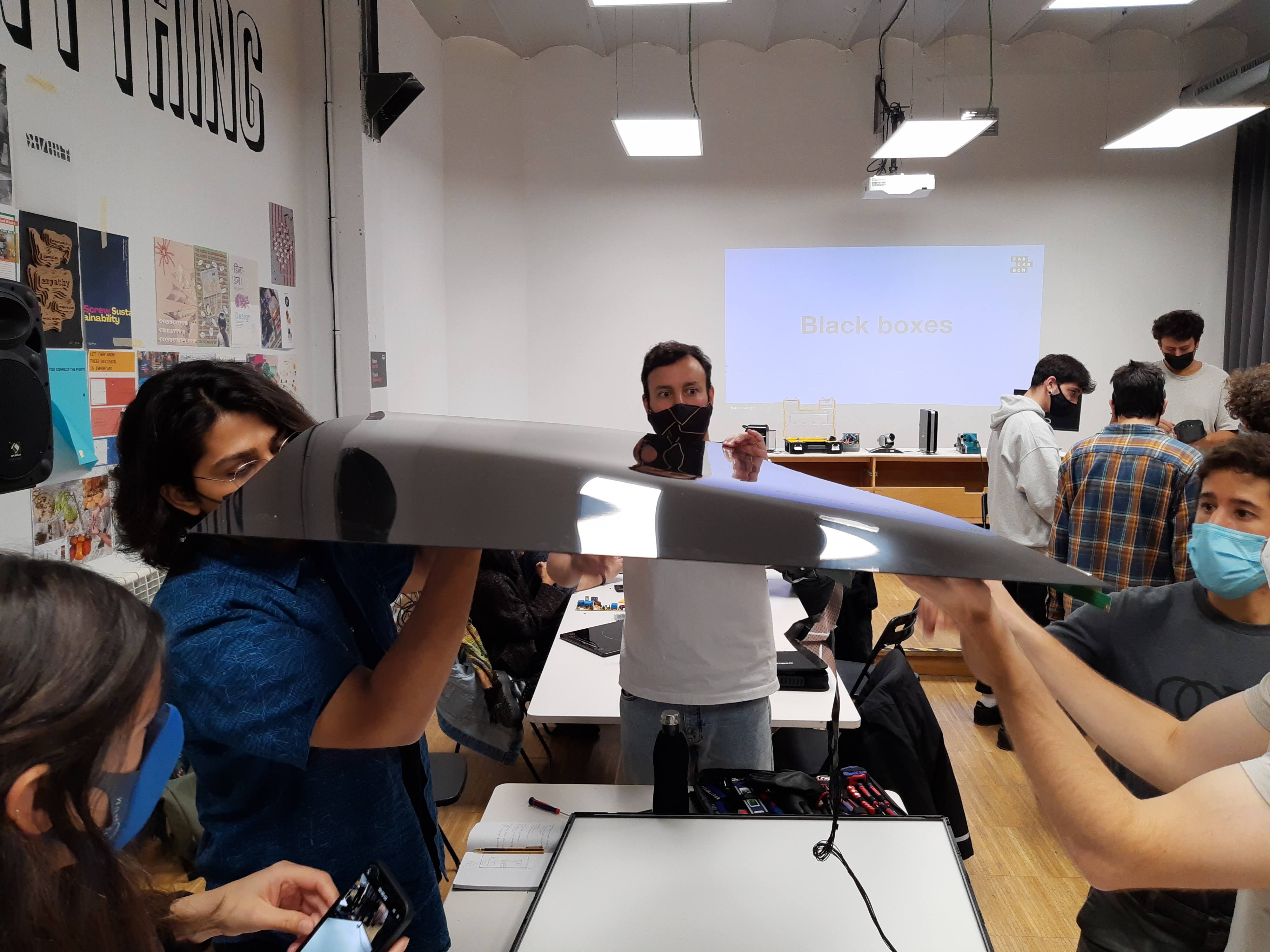
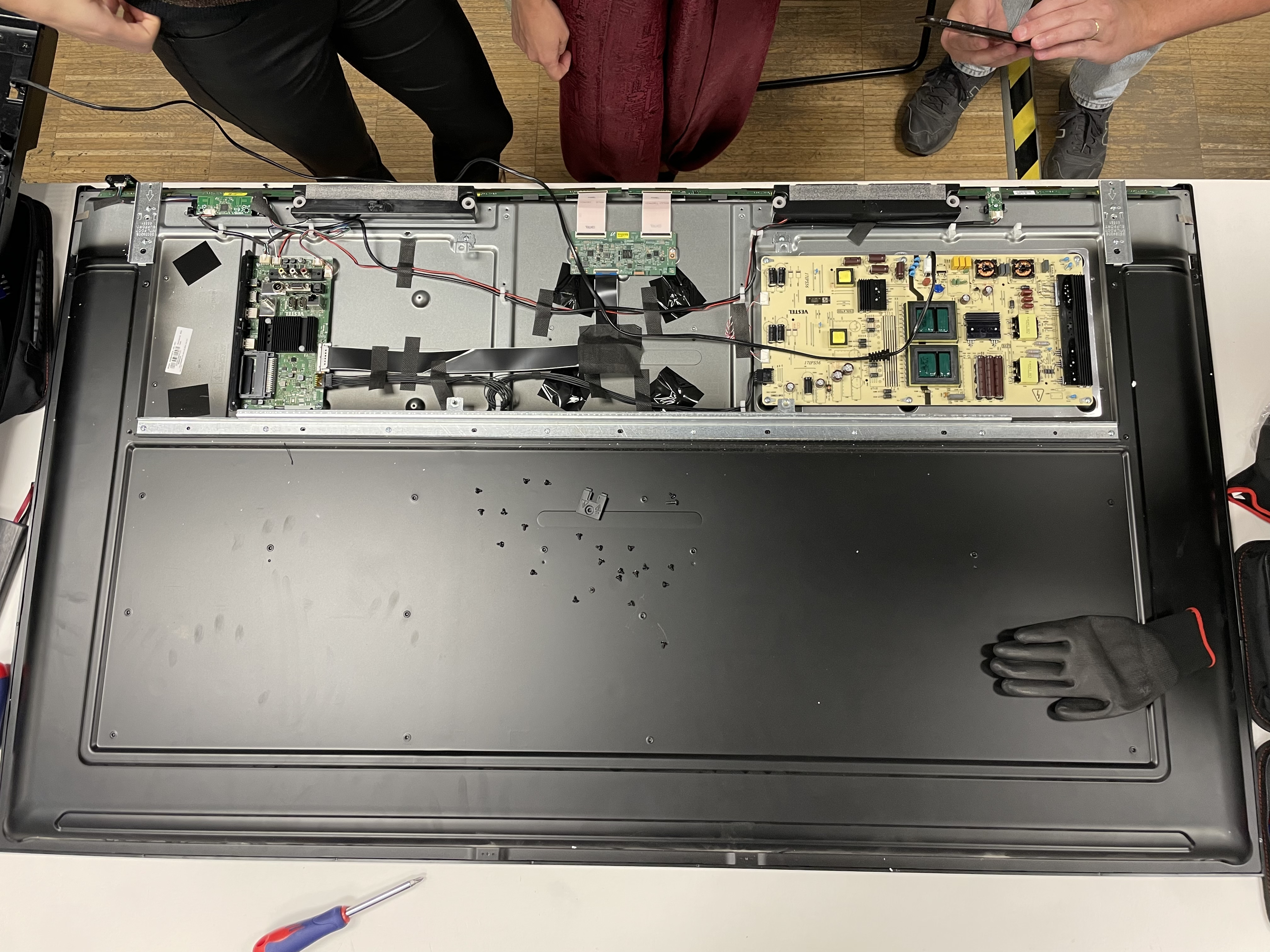
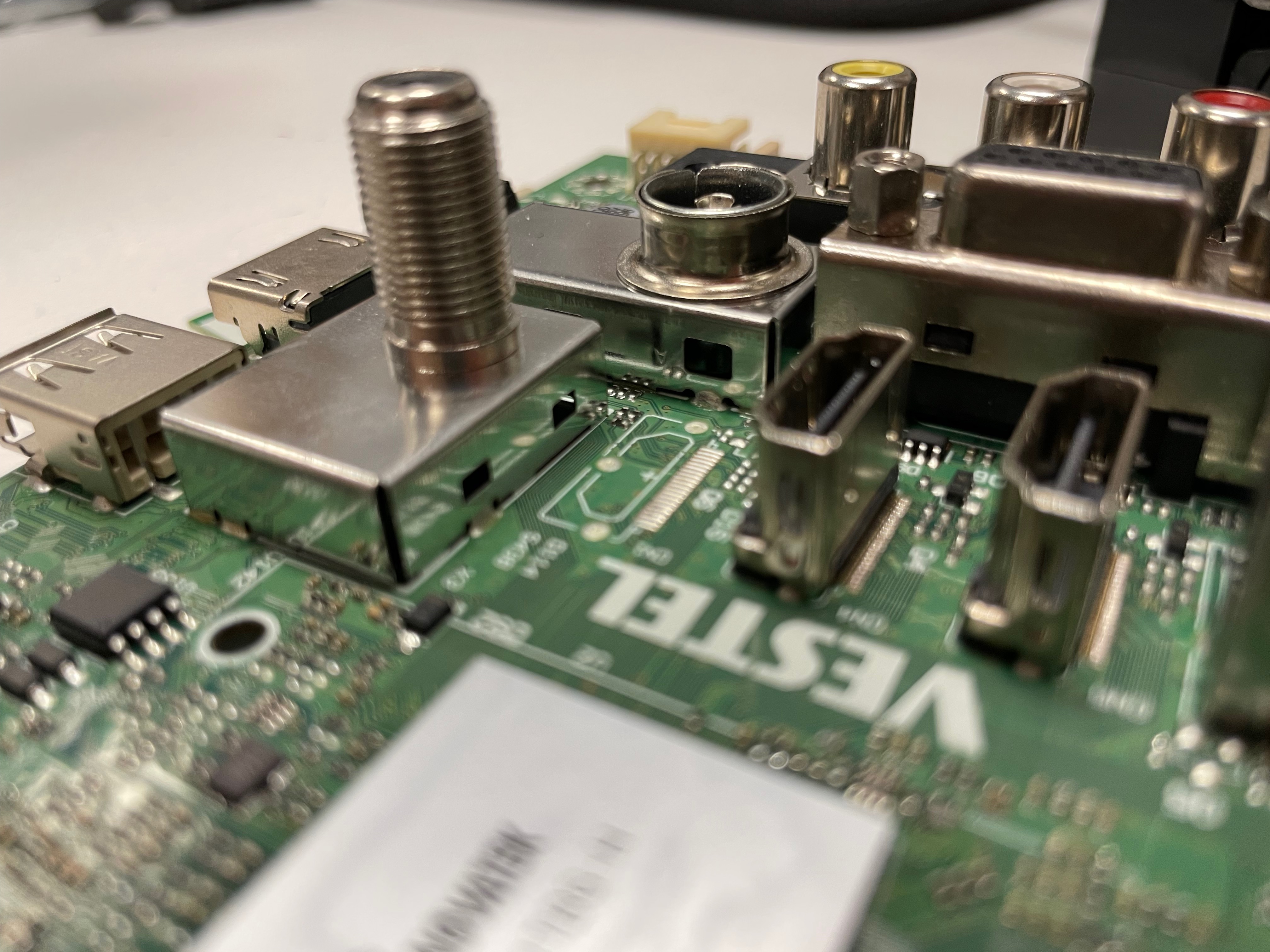



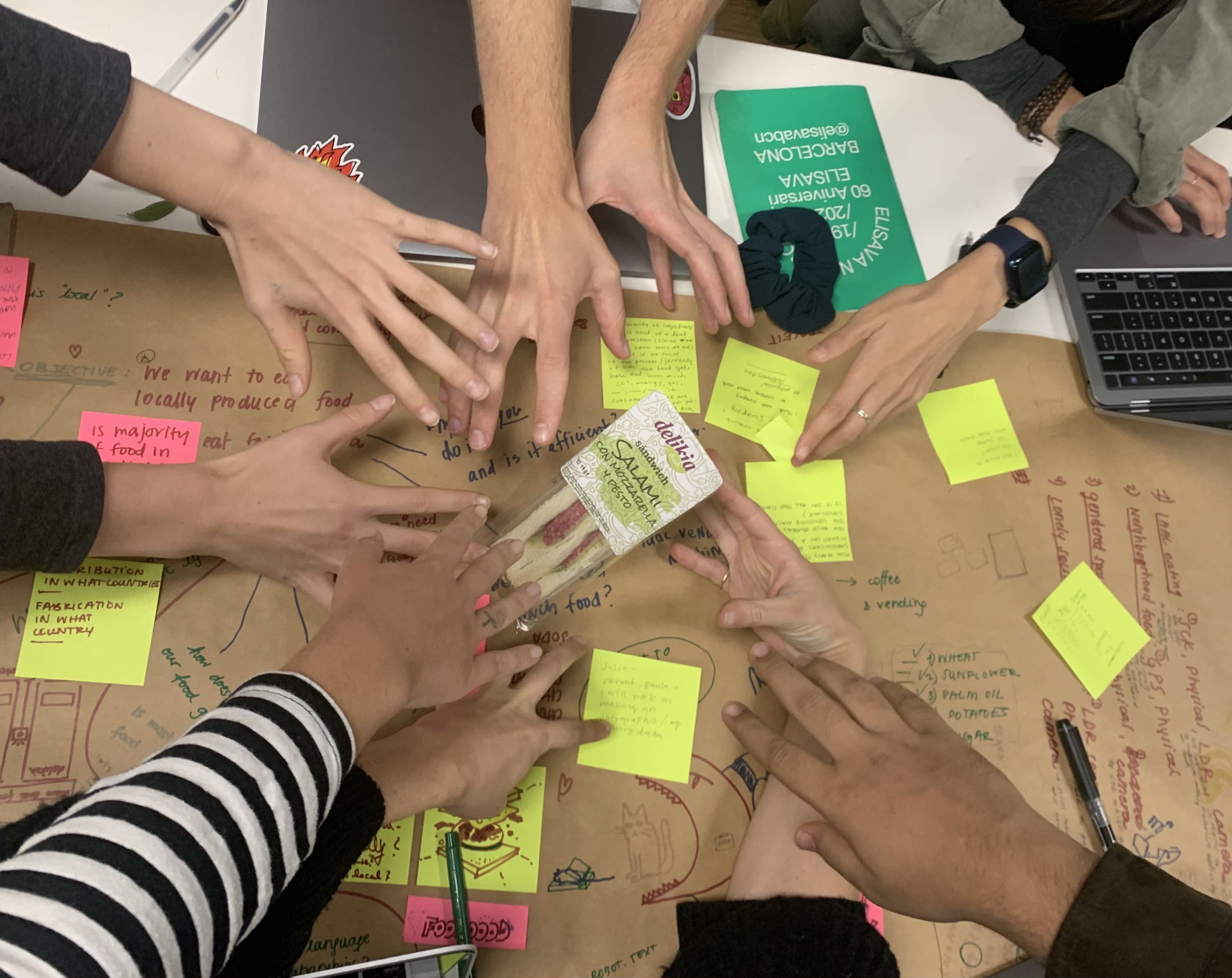
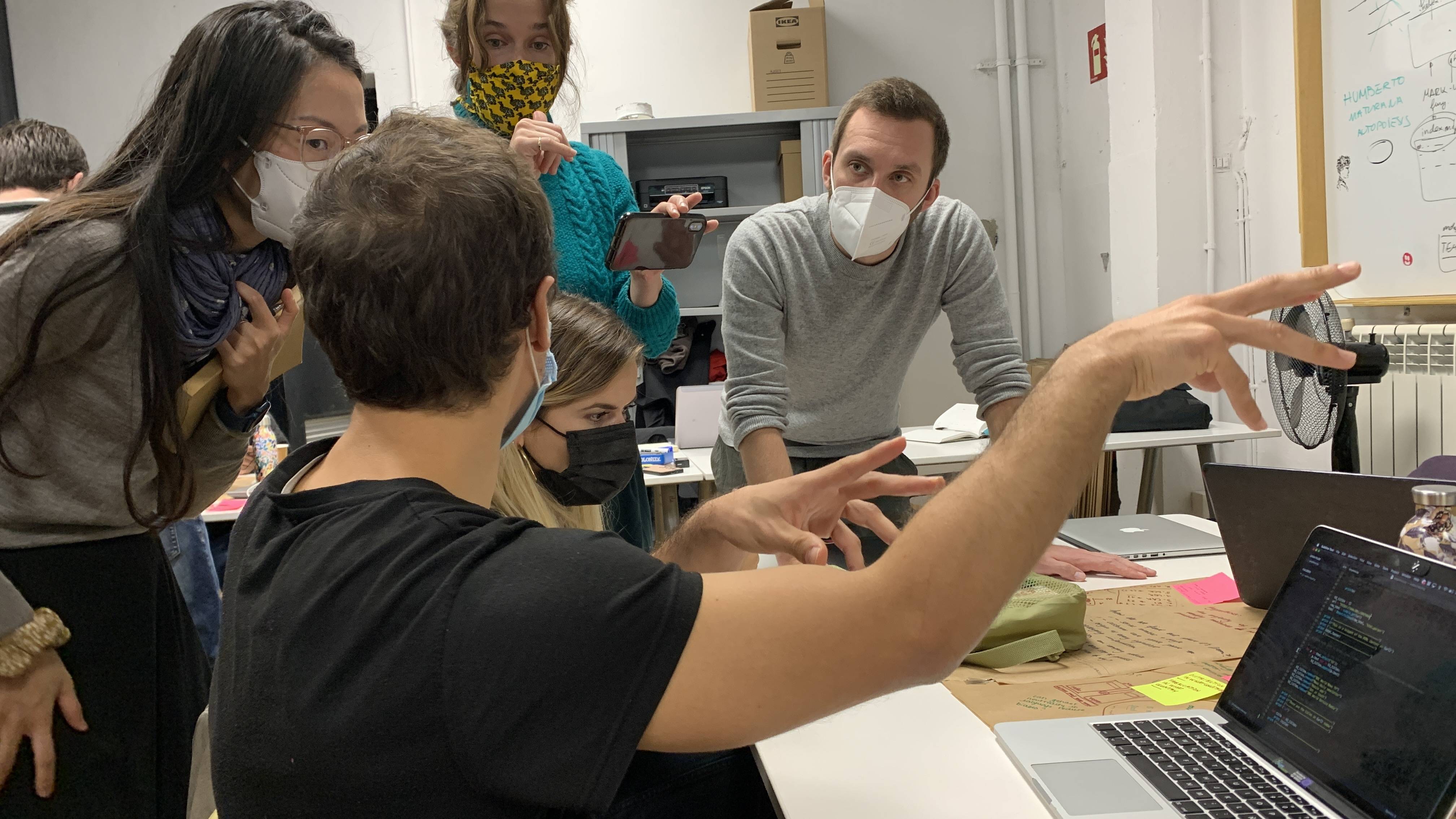
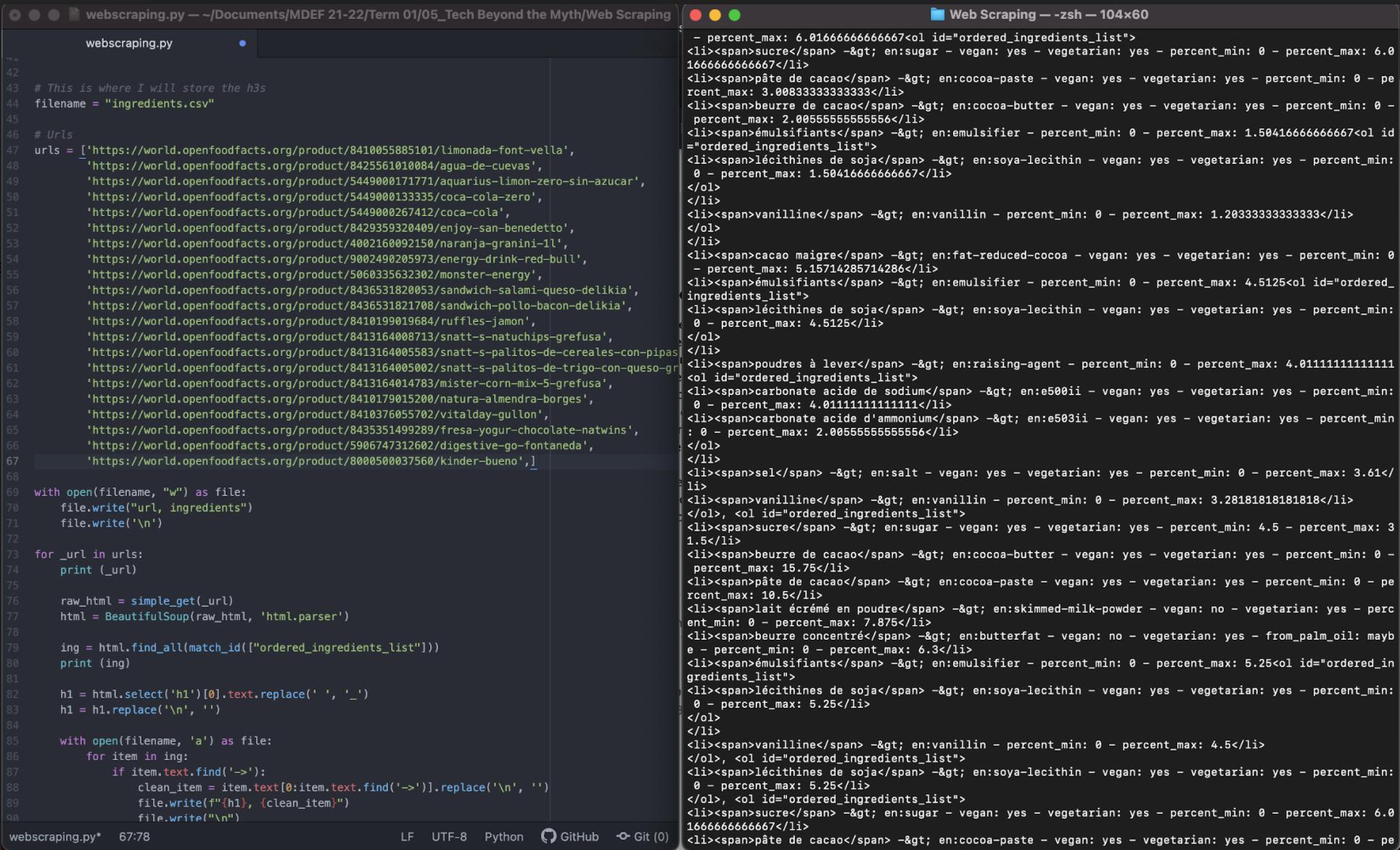
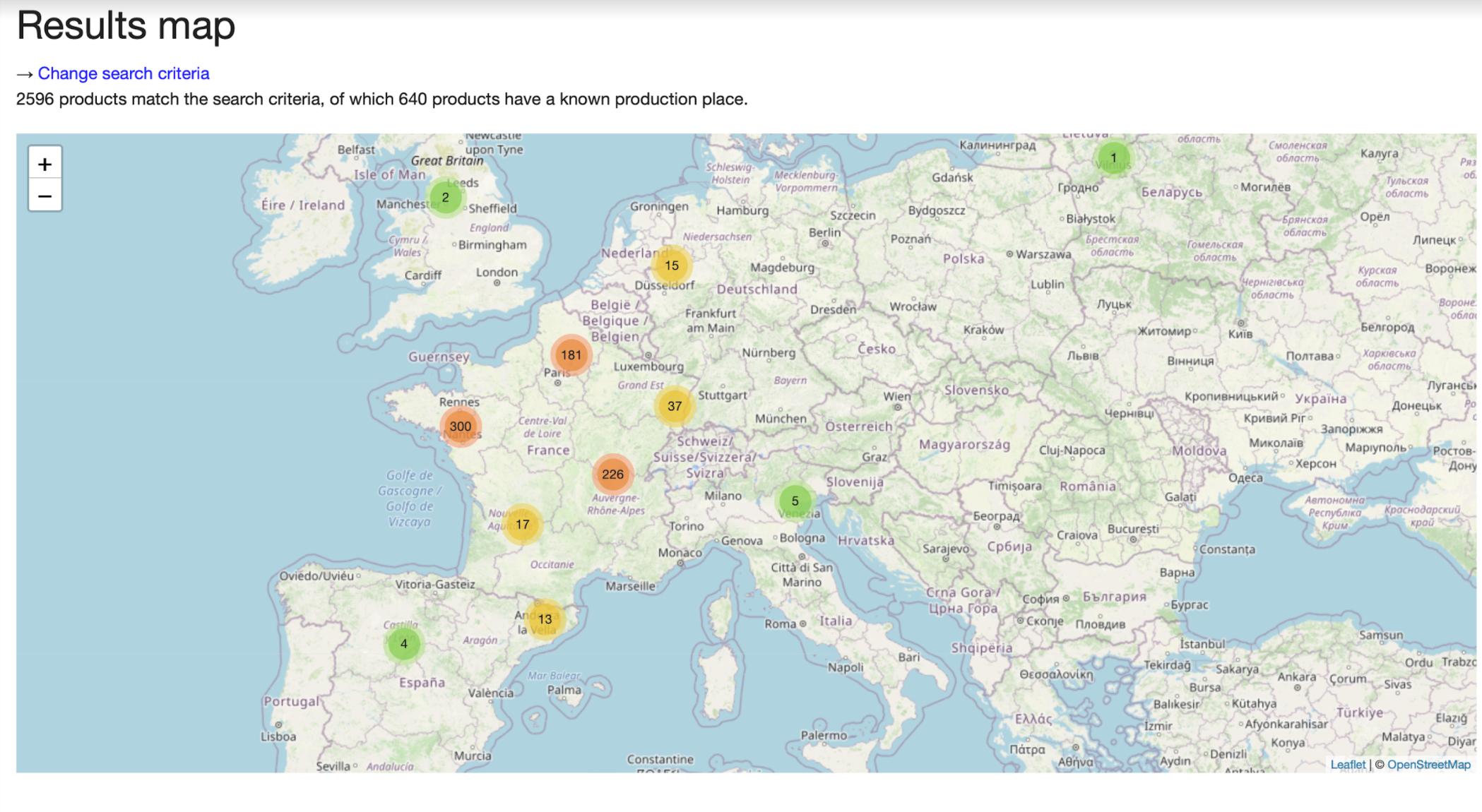
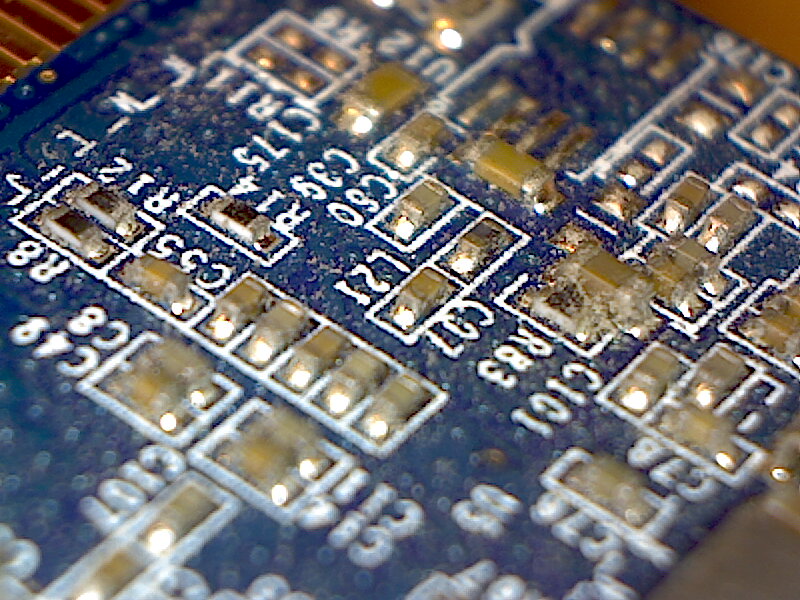
















Forensic Report: Hitachi TV VES650QNTS-2D-N41
See also: our Google Slides presentation
https://docs.google.com/presentation/d/18PuneQvbOcGVa4wapMFWtmdZikAzIa6ly8LUyFQcOWs/edit?usp=sharing
Key Data
Brand: Hitachi
Model: VES650QNTS-2D-N41
Manufactoring Number: V20B00537
Manufactured by: Vestel
Color: black
Assemblied in: Turkey
Tested: CE (self-certification)
Size: 65"
Forensic Questions
What does it do?
Displaying images and video on a 65" screen via analog (RCA) and digital input ports (VGA, HDMI, USB, Ethernet and Coax) with audio (3,5mm jack) support.
How does it work?
User connects the desired medium to the corresponding input-port and navigates to the input signal on the television’s menu. The ‘input-PCB’ translates these signals to visual output on the LCD-screen being backlit by the LED lightbox.
How it’s built?
See a detailed list of the internal chips here:
https://docs.google.com/document/d/1fchGMTPCAJj9o4H8RPzMEL5QTBl-k9JOE-pUe0YaflY/edit?usp=sharing
Why it failed, or it wasn’t used anymore?
Cracked LCD-screen.
Steps taken
Results
How many motors we find inside, does it contain a computer or microcontroller?
Did the appliance fail, why?
Yes, incorrect visual output. Cracked screen with only a part of the tv’s side-menu showing.
Conclusions
Fab for Economics vs Fab for Environment:
The traditional mindset about the economic model makes the “cost/benefit” the main purpose of the industry, leaving long term purposes (environment contamination, carbon footprint, recycling and reutilization) aside. The challenge for this type of products is to start producing in a circular economic way.
Black Box (TV) has inside black boxes that have inside blackboxes that have inside blackboxes:
The understanding about machines that are made of smaller machines, each one with their own utility, is a interesting fact when fixing or reinventing products. In the case of this TV, we had a lot of black boxes that could be used for fabrication of other type of products.
The difficulty of disassembling it without breaking it:
Disposable products, not made for fixing at home, is a paradigm that is changing. In today´s world the concept of DIY is attached to the way humans and things are related.
The industry managed to settle products for different public using the same boards:
Low cost and simplificity for production is exemplified, fabricating different models for different public using the same “materials”.
It’s not that the TV did not work, it was only the the black LCD screen:
Can the client replace the screen?, or is too dangerous?, or is not favorable for the industry?
Reflections
Questioning what is inside the products we use on daily base provided insights on how extremely extensive modern day production systems are. Supply chains literally stretch across the globe with one product having components being manufactured in Japan, Turkey, Russia, China and Taiwan. And more so, each of these locations having it’s own selection of suppliers with sub-components, sub-sub-components and raw materials that can come from e.g. Africa, South-East Asia or South-America. With likeliness of being cross-distributed between them so that any product produced by this system - on itself - has travelled an insane amount of distance and, in a way, is an encapsulement of the world’s efforts itself. 🌍
Aside of that we learned that by disassembling a recent model HITACHI television 📺 and web-researching the parts inside that the same PCB (printed circuit board) produced by a single chip-giant can be sold to several (direct market-rivals) electronics-companies and they can sell it to different customer segments by choosing to in- or exclude certain functionalities on the same single PCB. In the case of our HITACHI tv this was shown as the unused outlines of where an HDMI-port would be in a more expensive model of the same brand.
I think that for those willing to see it’s clear as day that this one-way-stream system cannot survive longterm and exploits its early layers for the benefits of those at the end.
Yes, the consumer has his television and he has it cheap, but at what cost for those that mined its materials and what purpose will it serve next.
Our television got to us because its LCD screen was cracked. The LCD screen, just one broken component out of at least ten perfect working parts and still the entirity of the product was discarded. Even with the knowledgement of which component being the infunctional one, since it gave this as visual feedback on the screen.
Uncovered Supply Chain
https://www.statista.com/statistics/270277/mining-of-rare-earths-by-country/